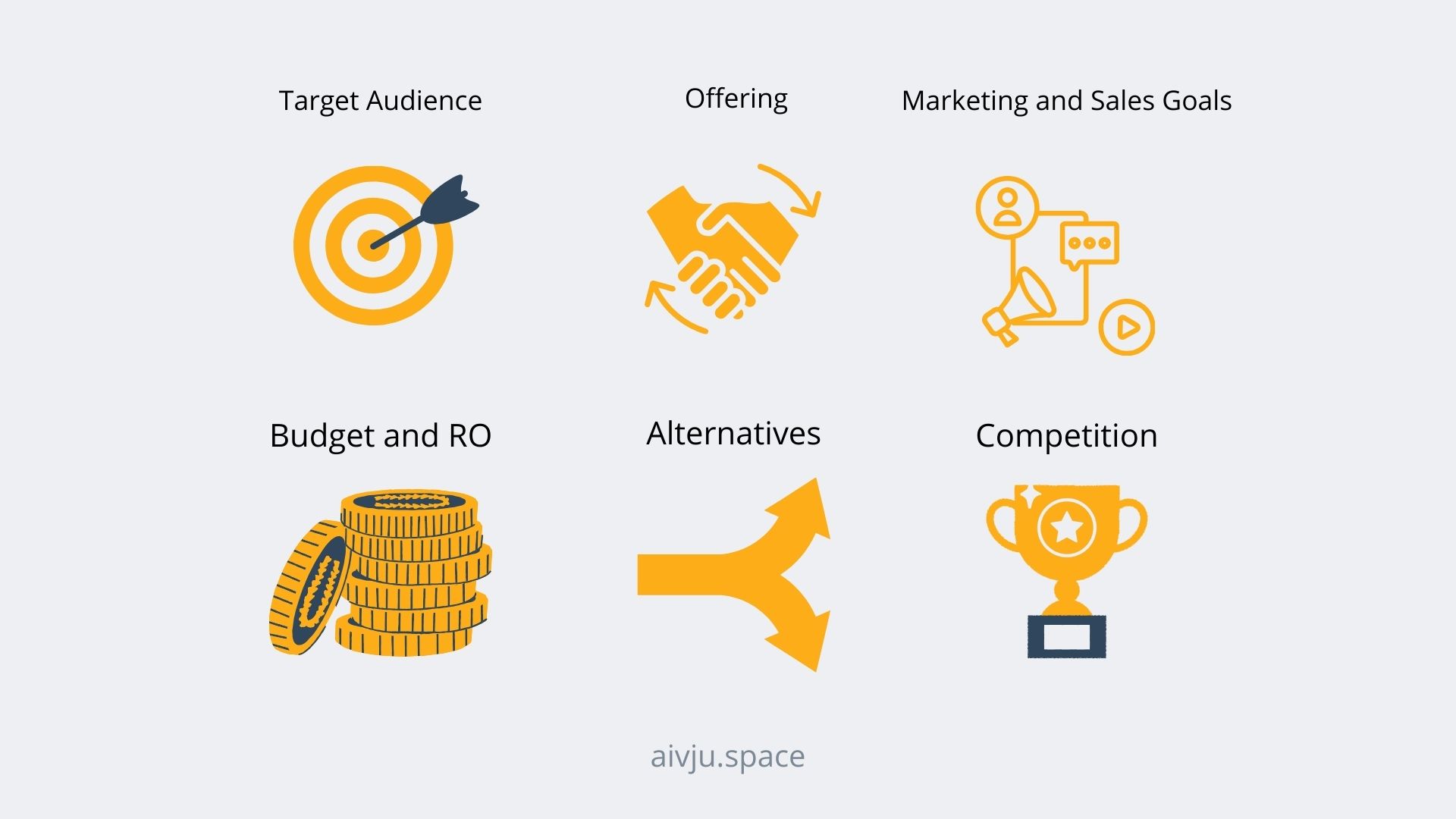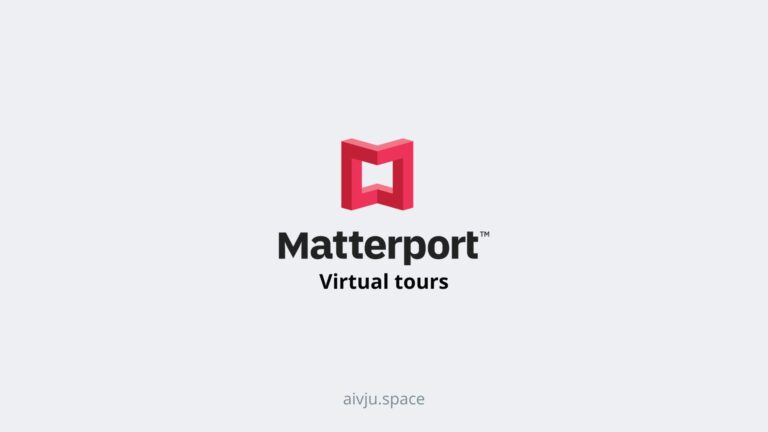Many businesses worldwide are wondering if investing in a virtual tour is beneficial for their business. And unfortunately, there is no black-and-white answer to that. In some cases, virtual tours can elevate your business and generate massive leads to your business. And in other cases, it is just a waste of money and time.
Wait, but how do you know?
Well, we have created and seen numerous virtual tours in the last couple of years. So, I think I’m eligible to talk about this topic to save you time and money.
So, should we invest in getting a virtual tour? Let’s find out 🙂
In this article, I’ll try my best to help you make a more rational decision about investing in a virtual tour as a marketing/sales tool for your business.
ARTICLE SUMMARY:
Virtual tours are not for every business on the planet, some types of businesses will gain massive value from creating a virtual tour (some businesses on the other hand will not see any benefits).
Before investing in a virtual tour, carefully consider your audience, offering, budget, business goals, competition, and other alternatives you have.
Compare costs and benefits and evaluate whether creating a virtual tour makes sense for your customers and your company.
But before that, some of you do not even know what a virtual tour is, so I’ll describe the concept briefly now.
What is a virtual tour?
Well, a virtual tour is the opportunity how one company can showcase their spaces online in a 360° view to their customers.
A 360° view lets your customers explore every detail of the space and let the user make a 360° turn around in the photo (and that is why it’s called 360° view).
Modern virtual tours are created out of 360° photos or 360° videos and are connected with hotspots so that the user can “walk” through different spaces. This way the user can explore not just one specific area, but the whole building for example.
However, this post is not about what virtual tours are, but rather whether it is worth having a virtual tour for business purposes.
So, let’s get to it.
Decision about getting a virtual tour
There is a lot of thinking before deciding, right?
So, I’ll try to make it easier for you to decide with our short list of 6 aspects which you should consider.
These 6 aspects will help you decide if investing in a virtual tour is or is not worth it.
Read about each of the aspects and think about it from your business perspective. Something that is worth it for some company does not need to be worthy for yours and vice versa.
The main 6 aspects you should consider are:

• Target Audience
• Offering
• Marketing and Sales Goals
• Budget and ROI
• Alternatives
• Competition
1. Your Target Audience
First on the list is your target audience. Do your customers (clients) want to be able to explore your spaces? Have your customers asked you for more visual information before? Or are they struggling to understand your spaces or offerings? OR does the virtual tour help them make better decisions? …
There needs to be some demand for receiving interactive content such as virtual tours. The virtual tour needs to be beneficial for YOUR customers. They should use it and gain benefits from it.
PRO TIP: If you are not sure if your audience will benefit from a virtual tour … ask them, make a survey, or find out more information through received feedback.
Will your customers likely engage with the created virtual tour? That is the main question to ask about your target audience.
“Virtual tour should need to be created for some purpose not just as a cool shiny thing.”
Our recommendations about the target audience:
Bad for: Older demographics (70+), not using interactive media, do not care about visuals, do not have an internet connection, do not use the web.
Good for: younger, intelligent, online-centric, love finding new information, innovative, tech-savvy, comfortable with digital experiences
2. Your Offering (product or service)
Second on the list is what your business is selling. Virtual tours are great for businesses with spaces, which they want to showcase to their clients. Users can explore every detail of your space and fall in love even before visiting in person.
Nevertheless, virtual tours are not that great at showcasing something that can’t be showcased in the first place. If your product doesn’t lend itself to visual storytelling, a virtual tour will likely feel forced and offer no real value to customers.
Bad for: Industries where the experience can’t be enhanced through visualization, Digital services, Software companies, Law
Need to mention here, that virtual tours can be even beneficial for some companies with non-visible services such as law offices that want to showcase meeting spaces and new offices etc.
Good for: Businesses with beautiful spaces, Hotels, Real Estate, Conference spaces, Museums, galleries, Showrooms, Universities, Event Venues (wedding), …
3. Your Marketing and Sales Goals
One of the most important part of the decision about creating a virtual tour should be the “why”. Why would you like to create a virtual tour for your company in the first place?
Can it solve some problems you have? Can it help your clients? Can it help us achieve some of your long-term business goals?
It really depends on what goals your company currently has, and which goals the virtual tour can help you reach. At the end of the day, a virtual tour is nothing more than a tool that if used correctly can help you reach your goals.
Every virtual tour should be created for some purpose, to solve some problems or to earn more money for the business.
Bad for: Companies who do not want to be visible online, have no changes and no innovation, and do not have even a company website.
Good for: Want to be visible online (more potential clients), have a marketing plan, want to increase engagement, build trust, shorten sales cycles, customer experience, create easy decision-making process,
4. Your Budget and ROI
Well, getting a virtual tour is an investment and can be costly (especially if you hire a professional virtual tour creator). You need to reckon with the cost of production, hosting, integration, and possible future updates.
Please ask your virtual tour creator about the price for your project, the price can differentiate a lot in terms of the know-how of the creator(s), software, picture quality, and of course expertise.
Just bear in mind that cheaper virtual tours can backfire by making your company look unprofessional and not even helping you reach your business goals. Wrongly created virtual tours also can frustrate users enough to leave and harm your brand reputation.
PRO TIP: As an investment, you should calculate the expected ROI of the virtual tour to see if it is a good investment for your business or not.
5. Compare Your Alternatives
After calculating the ROI of creating a virtual tour you need to also think about the alternative. We do not live in the black-white world where you have just the option to create a virtual tour or not.
There are numerous other ways how you can show your spaces to your clients. And maybe a virtual tour doesn’t have to be the best or only way to give your customers a sense of your offering.
These are some of the most favorite ways how you can also describe your offering:
• Classic photos
• 360° photos (360° videos)
• Created model (rendering or 3D)
• Video (video walkthroughs)
• Drawing, Graphics
• Voice (music)
• Virtual tour
• VR experience
• Physical visit (physical tours)
The reason why you should consider other alternatives is that in some cases even simpler alternatives (like high-quality photos, videos, or 360° images) can convey your message as well or even better without the complexity and cost of the full virtual tour. So, look at the best alternatives and calculate the expected ROI, and compare them.
6. Your Competition (competitive advantage)
At the end of this list is consideration of competition. Do other companies use this technology or not? If they are using this technology, does it mean that it is working for them, or do they do that because others do that as well? Or if they are not using virtual tours, does it mean that it’s not working for them or does it mean that there is a place for competitive advantage for you?
These are the questions you need to think about before doing your own research.
Keep in mind that the sole purpose of creating the virtual tour just to “keep up” with competitors does not add value to your customers nor your company.
On the other hand, having a clear virtual tour with a specific goal in mind can have massive benefits for your customers and your firm. And can create a competitive advantage in terms of scalability, sale cycle, or brand recognition.
Conclusion
Virtual tours are not for every business on the planet, some types of businesses will gain massive value from creating a virtual tour (some businesses on the other hand will not see any benefits).
Before investing in a virtual tour, carefully consider your audience, offering, budget, business goals, competition, and other alternatives you have.
Compare costs and benefits and evaluate whether creating a virtual tour makes sense for your customers and your company.
Maybe you mentioned that next to each of these 6 aspects was the word “your”. It was not a coincidence – it really does depend on your target audience, your offerings, your goals … and so on. Not on someone else’s. Bear this in mind 🙂




